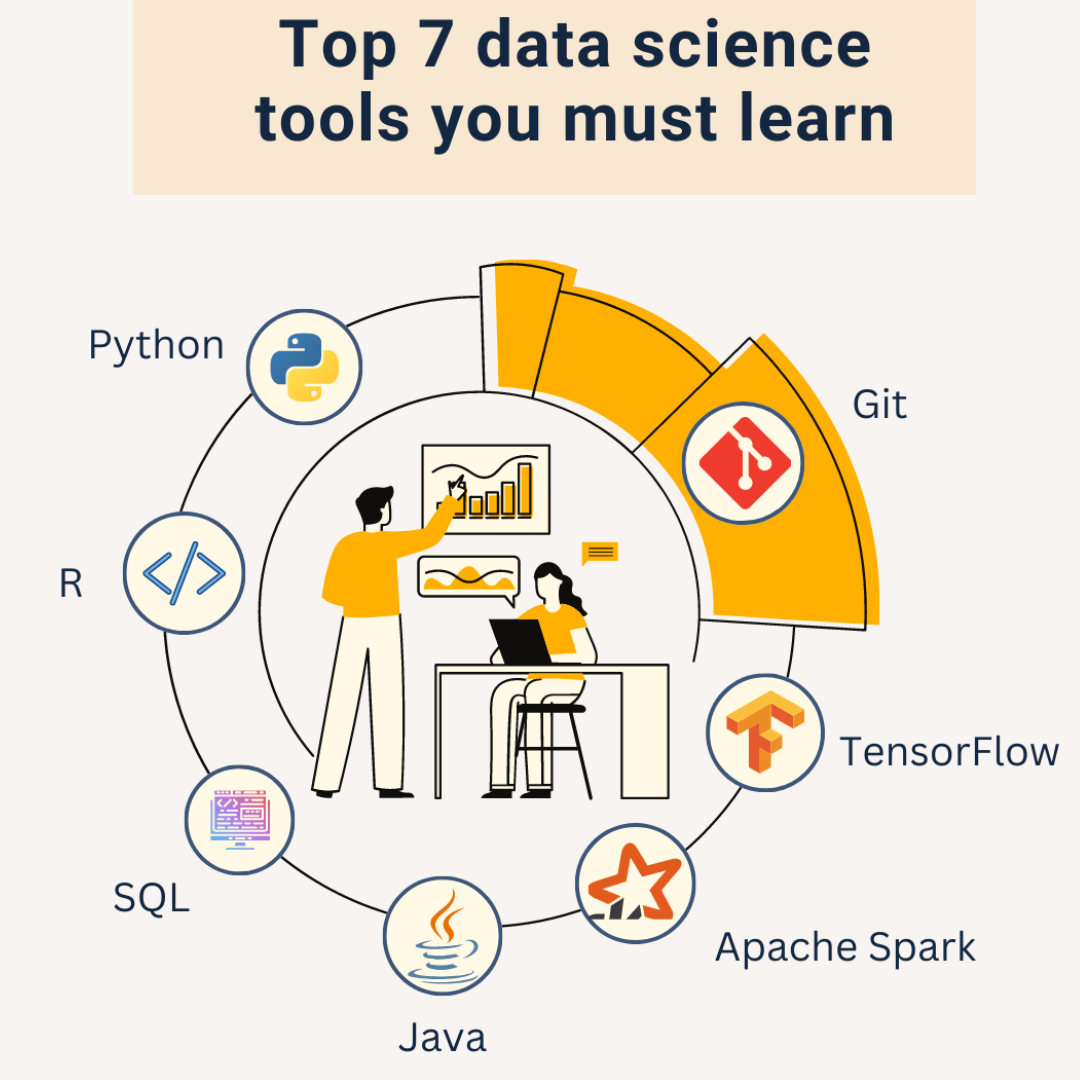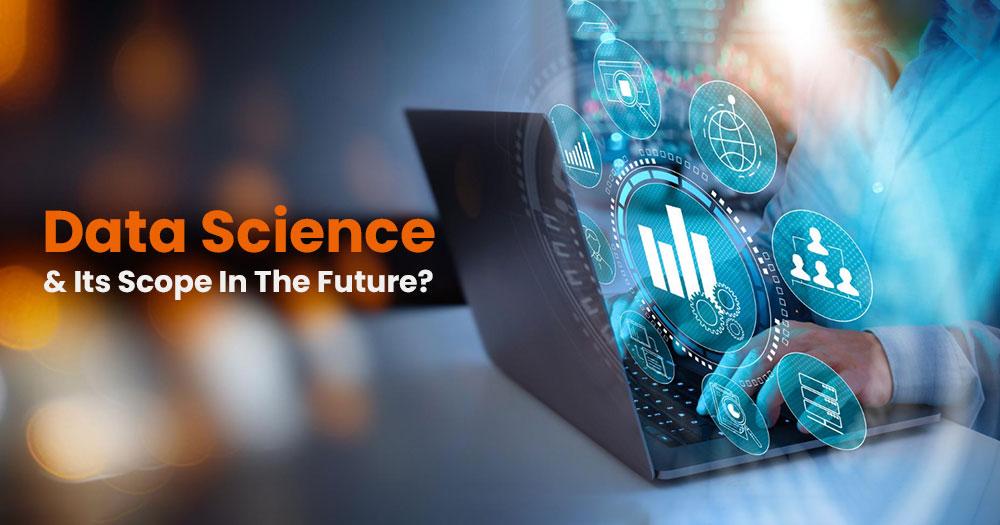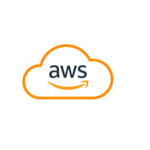
data science course in vizag
Master Data Science with Python by working on real-world case studies and projects through our Python Data Science Course in just 7 months!

- Learn Python Data Science from JNNC Technologies & top Industry Experts
- Master Python Data Science by working on various Python libraries, such as SciPy, NumPy, Matplotlib, Lambda functions, and more
data science course in vizag
Python Data Science Course Overview
The Data Science with Python Course, in collaboration with JNNC Technologies, will help you learn Python Programming required for data science. In this Data Science with Python Course Training, you will master the technique of how this programming is deployed for data science, working with the Pandas library for data science, data visualization, machine learning, advanced numerical analysis, etc., all through real-world projects and case studies.
What will you learn in this course?
- Introduction to Python for Data Science
- OOP concepts, expressions, and functions
- What is SQLite in Python? Operations and classes
- Creating Pig and Hive UDF in Python
- Deploying Python for MapReduce programming
- Real-world Data Science projects
Who should take this online Data Science with Python Course Certification?
- BI Managers and Project Managers
- Software Developers and ETL Professionals
- Analytics Professionals
- Big Data Professionals
What are the prerequisites for learning Python with Data Science?
You don’t need any specific knowledge for this Data Science with Python Course. A basic knowledge of programming can help.
Why should you take this Data Science with Python Course?
- Its design and libraries provide 10 times more productivity compared to C, C++, or Java.
- A senior Python developer in the United States can earn US$102,000/year (Indeed).
It is one of the best programming languages that is used in data science. Intellipaat offers a definitive online program for learning Python coding and running it on various systems such as Windows, Linux, and Mac, which makes it one of the highly versatile languages for the domain of data analytics. Upon the completion of this Data Science with Python Course, you will be able to get the best jobs in the data science domain at top salaries.
data science course in vizag
Data Science with Python Course Curriculum
Module 1 – Preparatory Session – Linux and Python
Python
- Introduction to Python and IDEs – The basics of the Python programming language, how you can use various IDEs for Python development like Jupyter, Pycharm, etc.
- Python Basics – Variables, Data Types, Loops, Conditional Statements, functions, decorators, lambda functions, file handling, exception handling ,etc.
- Object Oriented Programming – Introduction to OOPs concepts like classes, objects, inheritance, abstraction, polymorphism, encapsulation, etc.
- Hands-on Sessions And Assignments for Practice – The culmination of all the above concepts with real-world problem statements for better understanding.
Linux
- Introduction to Linux – Establishing the fundamental knowledge of how Linux works and how you can begin with Linux OS.
- Linux Basics – File Handling, data extraction, etc.
- Hands-on Sessions And Assignments for Practice – Strategically curated problem statements for you to start with Linux.
Module 2 – Data Wrangling with SQL
SQL Basics –
- Fundamentals of Structured Query Language
- SQL Tables, Joins, Variables
Advanced SQL –
- SQL Functions, Subqueries, Rules, Views
- Nested Queries, string functions, pattern matching
- Mathematical functions, Date-time functions, etc.
Deep Dive into User-Defined Functions
- Types of UDFs, Inline table value, multi-statement table.
- Stored procedures, rank function, SQL ROLLUP, etc.
SQL Optimization and Performance
- Record grouping, searching, sorting, etc.
- Clustered indexes, common table expressions.
Hands-on exercise:
Writing comparison data between the past year and the present year with respect to top products, ignoring the redundant/junk data, identifying the meaningful data, and identifying the demand in the future(using complex subqueries, functions, pattern matching concepts).
Module 3 – Python with Data Science
Extract Transform Load
- Web Scraping, Interacting with APIs
Data Handling with NumPy
- NumPy Arrays, CRUD Operations, etc.
- Linear Algebra – Matrix multiplication, CRUD operations, Inverse, Transpose, Rank, Determinant of a matrix, Scalars, Vectors, Matrices.
Data Manipulation Using Pandas
- Loading the data, data frames, series, CRUD operations, splitting the data, etc.
Data Preprocessing
- Exploratory Data Analysis, Feature engineering, Feature scaling, Normalization, standardization, etc.
- Null Value Imputations, Outliers Analysis and Handling, VIF, Bias-variance trade-off, cross-validation techniques, train-test split, etc.
Data Visualization
- Bar charts, scatter plots, count plots, line plots, pie charts, donut charts, etc. with Python matplotlib.
- Regression plots, categorical plots, area plots, etc, with Python seaborn.
Module 4 – Linear Algebra and Advanced Statistics
Descriptive Statistics –
- Measure of central tendency, the measure of spread, five points summary, etc.
Probability
- Probability Distributions, Bayes’ theorem, central limit theorem.
Inferential Statistics –
- Correlation, covariance, confidence intervals, hypothesis testing, F-test, Z-test, t-test, ANOVA, chi-square test, etc.
Module 5 – Machine Learning
Introduction to Machine Learning
- Supervised, Unsupervised Learning.
- Introduction to scikit-learn, Keras, etc.
Regression
- Introduction classification problems, Identification of a regression problem, dependent and independent variables.
- How to train the model in a regression problem.
- How to evaluate the model for a regression problem.
- How to optimize the efficiency of the regression model.
Classification
- Introduction to classification problems, Identification of a classification problem, and dependent and independent variables.
- How to train the model in a classification problem.
- How to evaluate the model for a classification problem.
- How to optimize the efficiency of the classification model.
Clustering
- Introduction to clustering problems, Identification of a clustering problem, dependent and independent variables.
- How to train the model in a clustering problem.
- How to evaluate the model for a clustering problem.
- How to optimize the efficiency of the clustering model.
Module 6 – Supervised and Unsupervised Learning in ML
Supervised Learning
- Linear Regression – Creating linear regression models for linear data using statistical tests, data preprocessing, standardization, normalization, etc.
- Logistic Regression – Creating logistic regression models for classification problems – such as if a person is diabetic or not, if there will be rain or not, etc.
- Decision Tree – Creating decision tree models on classification problems in a tree-like format with optimal solutions.
- Random Forest – Creating random forest models for classification problems in a supervised learning approach.
- Support Vector Machine – SVM or support vector machines for regression and classification problems.
- Gradient Descent – The gradient descent algorithm is an iterative optimization approach to finding the local minimum and maximum of a given function.
- K-Nearest Neighbors – A simple algorithm that can be used for classification problems.
- Time Series Forecasting – Making use of time series data, gathering insights and useful forecasting solutions using time series forecasting.
Unsupervised Learning
- K-means – The k-means algorithm that can be used for clustering problems in an unsupervised learning approach.
- Dimensionality reduction – Handling multi dimensional data and standardizing the features for easier computation.
- Linear Discriminant Analysis – LDA or linear discriminant analysis to reduce or optimize the dimensions in the multidimensional data.
- Principal Component Analysis – PCA follows the same approach in handling multidimensional data.
Module 7 – Performance Metrics
- Classification reports – To evaluate the model on various metrics like recall, precision, f-support, etc.
- Confusion matrix – To evaluate the true positive/negative, and false positive/negative outcomes in the model.
- r2, adjusted r2, mean squared error, etc.
Module 8 – Deep Learning Using TensorFlow
Preview
Artificial Intelligence Basics
- Introduction to keras API and TensorFlow
Neural Networks
- Neural networks
- Multi-layered Neural Networks
- Artificial Neural Networks
Deep Learning
- Introduction to Deep Learning (by Academic Faculty)
- Deep neural networks
- Convolutional Neural Networks
- Recurrent Neural Networks
- GPU in deep learning
- Autoencoders, restricted boltzmann machine
Module 9 – Data Science Capstone Project
Preview
The Data Science capstone project focuses on establishing a strong hold of analyzing a problem and coming up with solutions based on insights from the data analysis perspective. The capstone project will help you master the following verticals:
- Extracting, loading and transforming data into usable format to gather insights.
- Data manipulation and handling to pre-process the data.
- Feature engineering and scaling the data for various problem statements.
- Model selection and model building on various classification, regression problems using supervised/unsupervised machine learning algorithms.
- Assessment and monitoring of the model created using the machine learning models.
data science course in vizag
Module 10 – Business Case Studies
- Recommendation Engine – The case study will guide you through various processes and techniques in machine learning to build a recommendation engine that can be used for movie recommendations, restaurant recommendations, book recommendations, etc.
- Rating Predictions – This text classification and sentiment analysis case study will guide you towards working with text data and building efficient machine learning models that can predict ratings, sentiments, etc.
- Census – Using predictive modeling techniques on the census data, you will be able to create actionable insights for a given population and create machine learning models that will predict or classify various features like total population, user income, etc.
- Housing – This real estate case study will guide you towards real world problems, where a culmination of multiple features will guide you towards creating a predictive model to predict housing prices.
- Object Detection – A much more advanced yet simple case study that will guide you toward making a machine learning model that can detect objects in real-time.
- Stock Market Analysis – Using historical stock market data, you will learn about how feature engineering and feature selection can provide you with some really helpful and actionable insights for specific stocks.
- Banking Problem – A classification problem that predicts consumer behavior based on various features using machine learning models.
- AI Chatbot – Using the NLTK python library, you will be able to apply machine learning algorithms and create an AI chatbot.



 Previous Post
Previous Post Next Post
Next Post